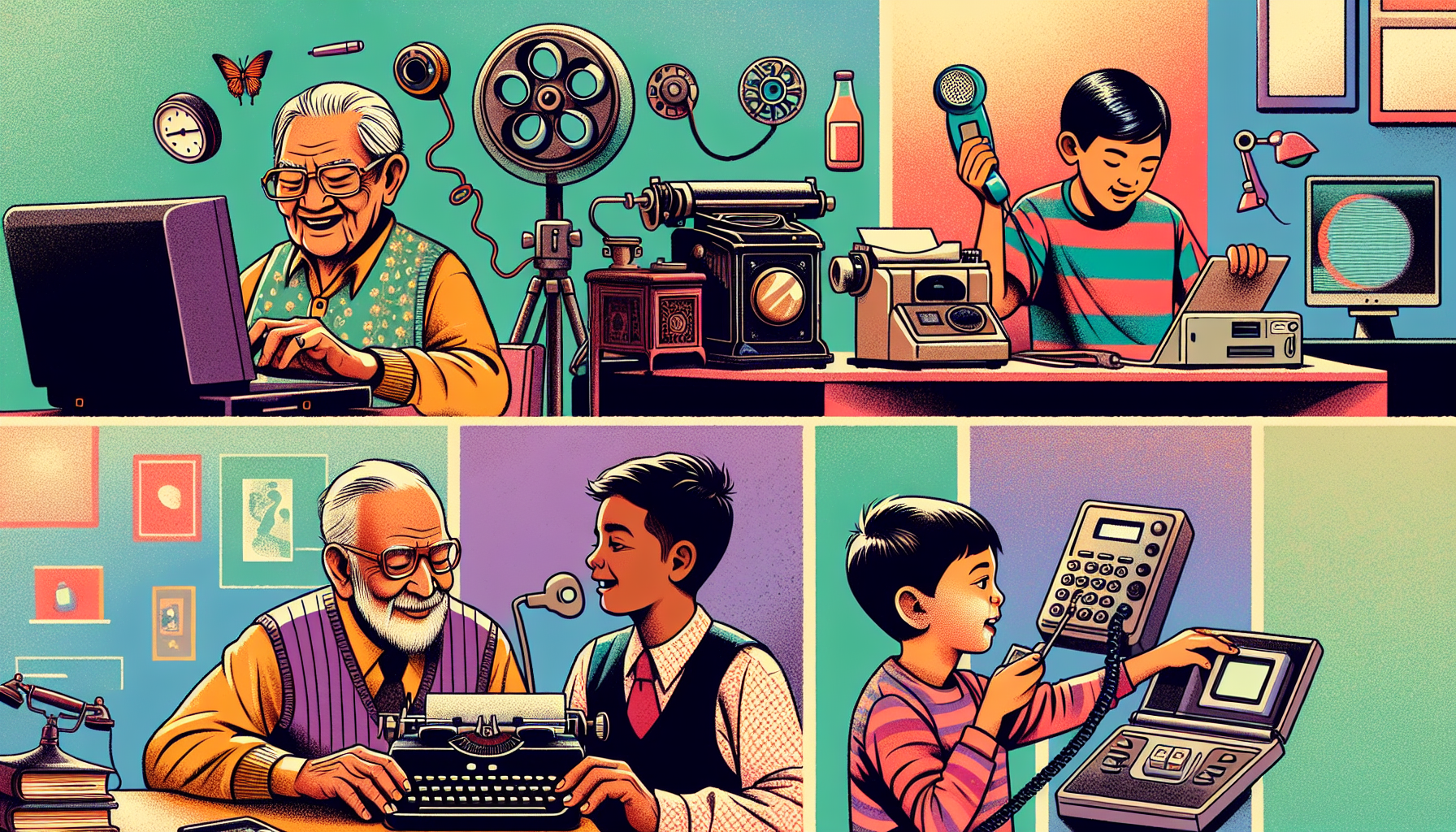Discovering the Unexpected Benefits of Retaining Older Technology in Operation
We independently review everything we recommend. When you buy through our links, we may earn a commission which is paid directly to our Australia-based writers, editors, and support staff. Thank you for your support!
Quick Read: Essential Insights on the Advantages of Retaining Older Technology
- Older tech frequently remains functional and dependable long after warranty periods end.
- Organizations can realize considerable savings by prolonging the use of current technology assets.
- Environmental advantages consist of decreased e-waste and resource conservation.
- An increasing number of tech executives are reevaluating the urgency to upgrade, opting instead to concentrate on maintenance and performance.
- Legacy systems can still provide strong security, particularly with regular updates and maintenance.
The Continuing Value of Older Technology

In a time when the latest devices and software updates are heavily advertised, it’s simple to miss the significance of older technology. Nevertheless, many tech assets in organizations today are capable of operating effectively, even after their warranties are no longer valid. As James Burns, General Manager for Southern Region Sales at Interactive, has emphasized, numerous technology leaders are starting to raise essential inquiries about the need for continual upgrades.
Cost Benefits of Prolonged Use
One of the strongest arguments for maintaining older technology is the substantial cost savings it can provide. The financial strain of acquiring new hardware and software can be considerable, particularly for small to medium-sized enterprises (SMEs). By sustaining and enhancing current technology, businesses can sidestep these expenses and reallocate those funds to other vital sectors.
Environmental Considerations: Minimizing E-Waste
In addition to financial motivations, there is an increasing awareness of the environmental consequences of technology disposal. E-waste presents a considerable global issue, and Australia is no exception. By prolonging the lifespan of older tech, companies can help decrease the volume of electronic waste that ends up in landfills. This strategy also preserves the resources necessary for manufacturing new devices, aligning with broader sustainability objectives.
Security Aspects
While older systems may sometimes be more susceptible if not properly maintained, they can still deliver robust security when regularly updated. Numerous older systems have demonstrated remarkable resilience against cyber threats, especially when kept current with the latest security patches and best practices. Furthermore, the familiarity of legacy systems can make them simpler to manage and secure.
Dependability and Functionality
Older technology that has received proper upkeep usually continues to operate reliably. Many legacy systems were designed for longevity, allowing them to outlast newer, more delicate options. In mission-critical settings, where stability and reliability are crucial, older tech can still have an essential function.
Conclusion
The choice to retain older technology in service offers various advantages, from cost savings to eco-friendliness. As more organizations reconsider the haste to upgrade, it’s evident that older tech still holds a significant position in today’s digital world. By emphasizing maintenance, security, and performance, businesses can extend the lifespan of their tech assets and promote a more sustainable future.
